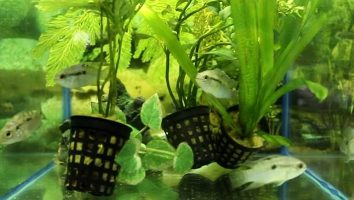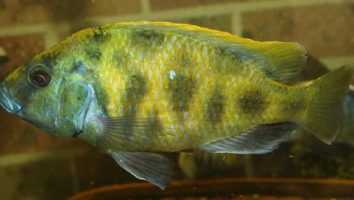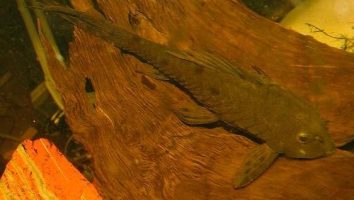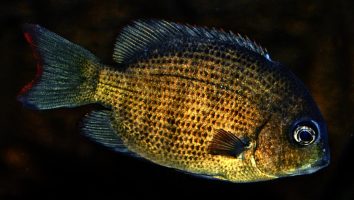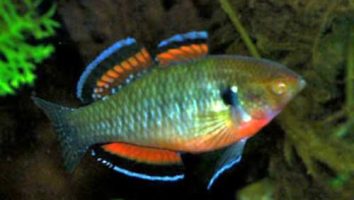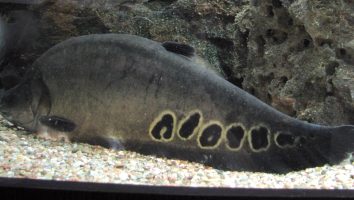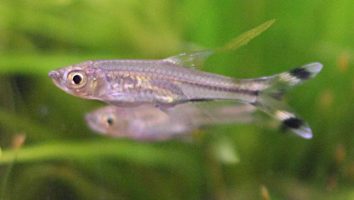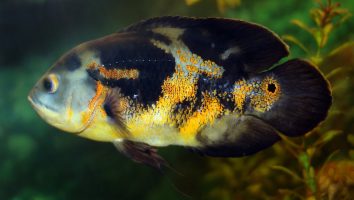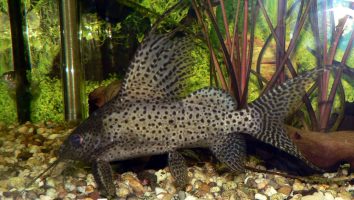The long-fin tetra is a freshwater fish that is loved by many aquarium hobbyists for its beautiful fins.
This species is a peaceful fish that does well in most community tanks. They are not aggressive and get along well with other fish.
The long-fin tetra is a hardy fish that is easy to care for. They are not picky eaters and will eat most kinds of food.
Overall, the long-fin tetra is a great fish for beginners and experienced fishkeepers alike.
Table of contents
Species overview
Long-fin tetras (Hyphessobrycon flammeus) are found in the rivers of South America, specifically in Peru, Bolivia, and Brazil.
They prefer slow-moving water with lots of vegetation and hiding spots. This is something to keep in mind when setting up their tank as you’ll want to replicate this environment as closely as possible.
Long-fin tetras are peaceful fish that do well in community tanks. They are omnivorous and will eat a variety of foods, including both plants and small invertebrates.
The main draw of the long-fin tetra is its beautiful fins. The fins on this fish are much longer than those of other tetra species, which really makes them stand out.
Appearance
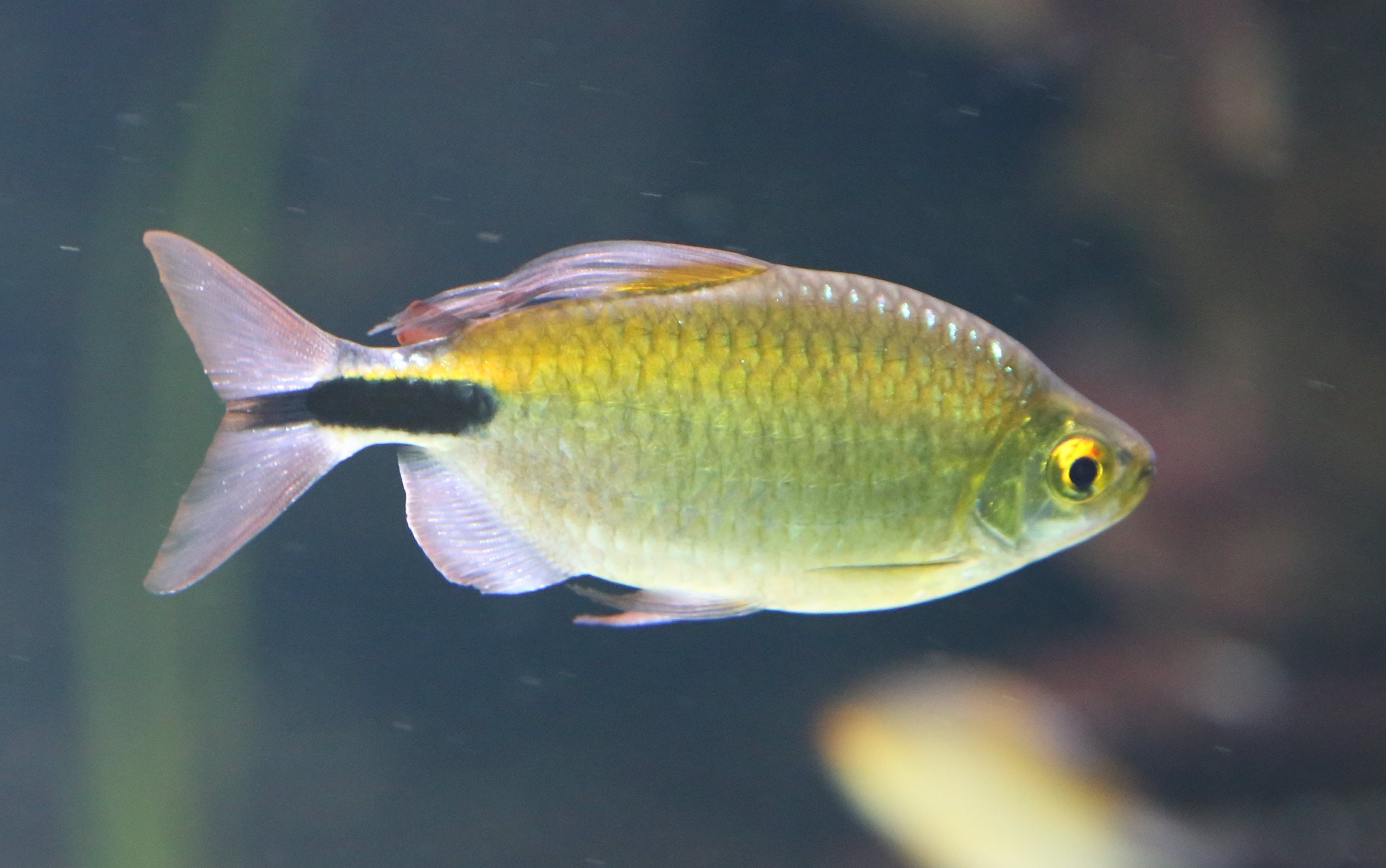
The long-fin tetra is a very popular freshwater aquarium fish that is easily recognizable. As the name suggests, the most notable feature on this fish is their fins.
All of the fins on this species are very long, especially the dorsal and caudal fins. The fins are so long that they actually drag on the ground if the water level gets too low.
The body of the long-fin tetra is very thin and streamlined. This helps them swim quickly and makes them quite agile in the water.
The coloration on this fish is very plain. They are typically a pale silver color with a hint of blue. There is a dark line that runs from the mouth all the way back to the caudal peduncle.
Lifespan
The typical lifespan for a long-fin tetra is between 3 and 5 years. As with any other animal, there are a number of factors that impact how long they’ll live.
For example, if they’re living in a crowded tank then they’ll likely have a shorter lifespan than if they had more space. Poor water quality can also shorten their lifespan.
Generally speaking, though, these are pretty hardy fish and as long as they’re well cared for they should be able to live a good long life.
Size
The long-fin tetra can grow to be up to 3 inches (7.6 cm) long.
Tank
Tank Size
The recommended tank size for long-fin tetras is at least 20 gallons. If you plan on keeping a school of these fish, you should add an additional gallon of tank space for each fish.
Long-fin tetras are peaceful fish that do best in groups, so we recommend keeping them in schools of at least 6 fish.
Water Parameters
The long-fin tetra is a freshwater fish that’s native to South America. They’re found in slow-moving rivers and streams with plenty of vegetation.
In the wild, the water is typically on the acidic side with a temperature range of 72 to 82 degrees Fahrenheit.
When it comes to long-fin tetra care, you’ll want to maintain similar water parameters in the aquarium. These are hardy fish, so you have some wiggle room. But, it’s best to stick as close to their natural habitat as possible.
Here are a few guidelines to help you create a long-fin tetra-friendly environment.
- Water temperature: 72 to 82 degrees Fahrenheit
- pH levels: 6.0 to 7.5
- Water hardness: 4 to 8 dGH
- Alkalinity Levels: 2-12 dKH
What To Put In Their Tank
These fish come from South America and as such they are used to living in slow-moving waters with plenty of vegetation.
Aquarium plants are a must for this species (both for aesthetic and functional purposes). We recommend using something like Hornwort or Water Wisteria.
The Long-fin tetra is a schooling fish, which means they like to live in groups. As such, you should consider adding some rocks or driftwood to their tank. This will give them some hiding spots and places to explore.
The substrate should be soft and sandy. Anything too course could injure their delicate fins.
Common Diseases
The long-fin tetra is a hardy little fish that doesn’t usually fall ill. However, there are still a few diseases that you should be aware of if you keep these fish.
The most common disease that affects long-fin tetras is ich. This is a parasitic infection that is quite common in freshwater fish. It’s usually not too serious, but it can still cause some problems if it’s not treated quickly.
The most obvious sign of ich is the presence of white spots on the body of your fish. If you see this, it’s important to take action immediately.
There are plenty of other potential diseases that can affect long-fin tetras, but they’re not as common. Some other things to look out for include infections, parasites, and poor water quality.
As always, the best way to prevent your fish from getting sick is to maintain a clean and stable tank. This will keep your fish healthy and reduce the chance of them getting sick.
Behavior & Temperament
The long-fin tetra is a schooling fish, which means it does best when it’s around other members of its species. In the wild, these fish live in large groups. So, it’s only natural that they feel more comfortable and less stressed when they’re in a school.
You’ll often see long-fin tetras swimming together in your aquarium. They move in unison and change directions together. It’s a beautiful sight to behold!
These fish are also known to be very peaceful. They don’t bother other fish and mind their own business. The only time you might see them act aggressively is when they’re defending their territory. But, even then, their aggression is short-lived.
Tank Mates
Long-fin tetras are peaceful community fish. They’re not aggressive and get along well with other species.
The only problem is that these fish are on the small side. They only grow to be about two inches long. As a result, they might get eaten by larger tank mates.
You’ll need to be careful when choosing tank mates for long-fin tetras. Make sure they’re not too large or aggressive.
Here are some species that make good tank mates:
- Neon Tetras
- Cardinal Tetras
- White Cloud Mountain Minnows
- Corydoras Catfish
- Otocinclus Catfish
- Ghost Shrimp
- Guppies
- Mollies
Breeding
Long-fin tetras are easy to breed in the home aquarium. They are not too picky about water conditions and will readily breed in a community tank.
To breed long-fin tetras, start by setting up a breeding tank. It should be at least 20 gallons and have a well-filtered, stable water quality. Keep the temperature between 75 and 80 degrees Fahrenheit.
Add plenty of plants and hiding places. Tetras like to have a lot of places to hide. Breeding nets can also be used to separate the parents from the fry.
When ready, add 4-6 long-fin tetras to the breeding tank. It’s best to have two females for every male.
Feed the fish plenty of high-quality foods. Live foods are best, but frozen will work in a pinch.
Once the fish are well-fed, you should start to see spawning activity. The males will chase the females and nip at their fins. When a female is ready to lay eggs, she will release them into the plants.
The male will then fertilize the eggs.
Once the eggs are fertilized, the parents should be removed from the tank. The eggs will hatch in about 24 hours.
Once the fry have hatched, they will feed on the yolk sacs for the first few days. After that, you can start to feed them baby brine shrimp or other small live foods.
Conclusion
The long-fin tetra is a beautiful and popular freshwater fish that is perfect for beginner aquarists. They are hardy, peaceful, and easy to care for, making them a great choice for those just starting out in the hobby.
While they are not demanding in terms of care, there are a few things to keep in mind in order to keep them healthy and happy.
By following the simple guidelines laid out in this article, you will be well on your way to being a successful long-fin tetra owner!

